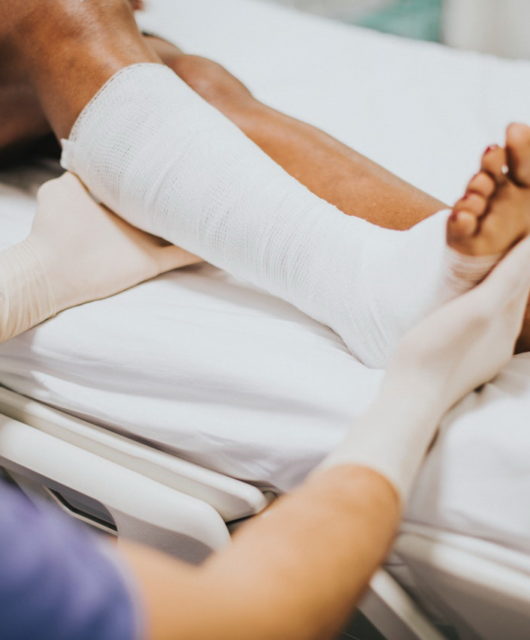How to operate a Fully and Semi-Automatic AED
Automated external defibrillators (AED) are indisputably regarded to be the most effective tool to be utilized to save a person’s life in the event of Sudden Cardiac Arrest (SCA). According to American Heart Association, SCA is caused when the heart’s electrical system malfunctions, which may lead to regretful death if cardiopulmonary resuscitation (CPR) is not performed and a defibrillator is not used to shock the heart, restoring it to its regular rhythm.
There are mainly two types of AED devices on the market: fully automated and semi-automated AED.

Here are some practical steps provided by the nonprofit organization the Red Cross on how to correctly operate the fully automatic AED [1]:
- Switch on the device and follow visuals or audio prompts.
- Remove the victim’s clothes (if the individual is wearing any medication patches remove them right away) and apply the AED pads (if connectors are not plugged in, connect them to the machine first).
- Make sure of everyone (rescuers included) keep their distance from the patient body.
- Allow the AED to analyze the person’s heart, delivering an electric shock if anomalies are detected in his/her heart rhythm.
- Begin the CPR after the shock has been delivered. Keep paying attention to AED’s prompts and performing CPR until the victim’s heart rhythm is restored.
As for the semi-automated AED, the primary difference when compared to the fully automatic version is the demand for an operator, too. If advised by the device, push the button to deliver the defibrillation shock.
A fully automated AED, in fact, take off the pressure from the rescuer by carrying out the whole process by itself. On the other hand, semi-automated ones provide the user the full control, which can be useful in certain situations.
When using both versions, keep in mind to stay away from the person affected. At the moment that the defibrillation has been carrying out, make sure not to touch the patient in order to avoid being electrocuted.
Good Samaritan Laws
Although it is strongly suggested for AEDs operator to receive a Basic Life Support (BLS) training program in which we can learn how to perform CPR techniques and properly use defibrillators, any person can use them with the purpose of saving a person during emergency situations.
In this regard, the United States Good Samaritan laws provide an exemption from liability for any individual who is in good faith rendering emergency treatment with a defibrillator. This measure where thought to incentivize people action to assist others who may need urgent medical assistance. Regulations vary by different countries, so it’s better to refer to the local regulations on the use of AED devices.

Why choosing Mindray
Cardiac Arrest can strike any person, regardless of how healthy they are or their age, and it is only prevented by a quick response through defibrillation and associated treatment.
For this reason, AED needs to be purchased just by reliable sources. Mindray, as a leading company aiming at better healthcare for all, with 29 years of experience in this field, is the first choice when it comes to innovative medical devices and solutions.
References:
[1] AED Steps | redcross.org. (2020). Available at:
https://www.redcross.org/take-a-class/aed/using-an-aed/aed-steps (Accessed: 6 April 2020)









